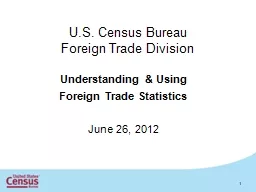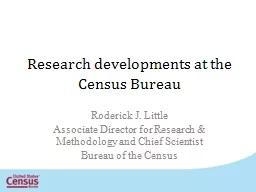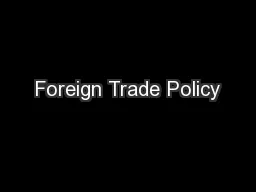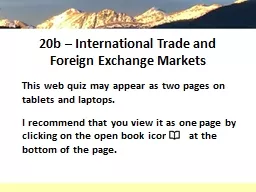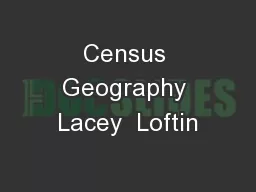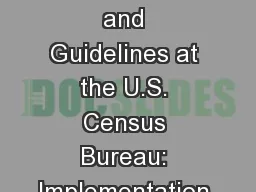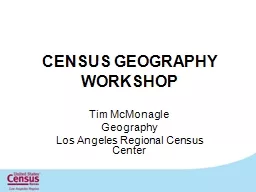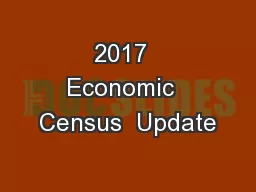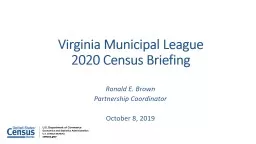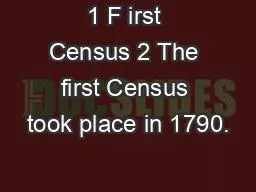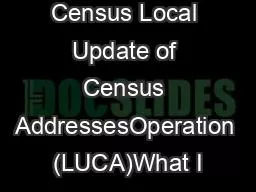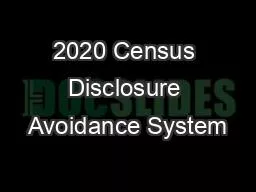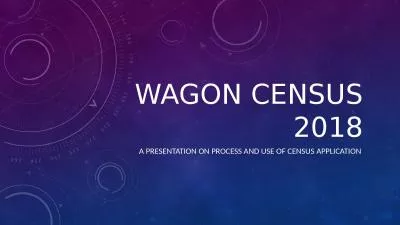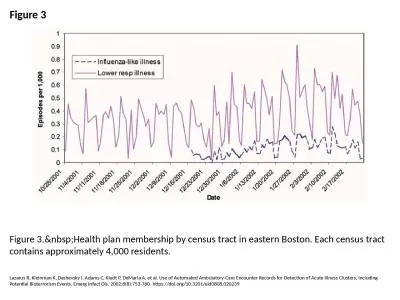PPT-U.S. Census Bureau Foreign Trade Division
Author : ellena-manuel | Published Date : 2019-12-08
US Census Bureau Foreign Trade Division Understanding amp Using Foreign Trade Statistics June 26 2012 1 US Census Bureau Welcome Ryan Fescina Glenn Barresse Chief
Presentation Embed Code
Download Presentation
Download Presentation The PPT/PDF document "U.S. Census Bureau Foreign Trade Divisio..." is the property of its rightful owner. Permission is granted to download and print the materials on this website for personal, non-commercial use only, and to display it on your personal computer provided you do not modify the materials and that you retain all copyright notices contained in the materials. By downloading content from our website, you accept the terms of this agreement.
U.S. Census Bureau Foreign Trade Division: Transcript
US Census Bureau Foreign Trade Division Understanding amp Using Foreign Trade Statistics June 26 2012 1 US Census Bureau Welcome Ryan Fescina Glenn Barresse Chief Methods Research amp Chief Special Projects Branch. – An Update. Council of Professional Associations on Federal Statistics. September 21, 2012. . Tim . Trainor. Chief, Geography Division. U.S. Census Bureau. For the 2020 Census – The GSS Initiative. Roderick J. Little. Associate Director for Research & Methodology and Chief Scientist. Bureau of the Census. 2. Summary. Director Groves vision for research. Structure . and strategic objectives of . 2009- 2014. Agenda. . In this session, you will learn about:. Foreign Trade Policy, 2009-14. Objectives. Highlights. Latest 5 year period: . Effective . 27. th. August 2009 expired on March 31, . This web quiz may appear as two pages on tablets and laptops.. I recommend that you view it as one page by clicking on the open book icon at the bottom of the page.. 20b – Macro – International Trade. U.S. . Census Bureau . Geospatial Foundation at Census. Topologically. Integrated. Geographic. Encoding. Referencing. TIGER. Classes of Census . Geography. Political. Geography:. States, Counties, Cities, American Indian Reservations, Minor Civil Divisions, etc…. Patricia Goerman, U.S. . Census . Bureau. Presented . at the . Washington Statistical Society Seminar on . Implementing the New OMB Cognitive Interviewing . Standards . and Guidelines . Washington, D.C. Thursday. Tim . McMonagle. Geography. Los Angeles Regional Census Center. 1. Topics. Census Geography. Demographic Data. MAF/TIGER Data Base (MTDB. ). TIGER/Line Files. Joining TIGER and Demographic Data. Count Question Resolution Program. Tennessee State Data Center Data User Conference. November 18. th. , 2016. Presented by:. Andrew W. Hait. U.S. Census Bureau. 2017 EC Timeline. Cover business conducted during . CY 2017. Data . collection. 2020 Census Virginia Municipal League 2020 Census Briefing Ronald E. Brown Partnership Coordinator October 8, 2019 2020 Census U.S. Constitutional Mandate, Article 1, Section 2 Apportion seats in the U.S. House of Representatives 3.9 million people were counted.. What. The Census is a count of everyone living in the United States.. 3. Who. All U.S. residents are counted . – regardless of citizenship. . . 4. Why. The U.S. Constitution requires a Census every 10 years to ensure that . ••• Active, functioning, legal governments can participate in LUCA. Federally recognized tribes with a reservation andStates. reviewer for your government, such as your count, state da DEVELOPMENT RELEASE TIMELINE Were modernizingourapproach to confidentialityprotectionfor the 2020 Census in the face of new digital-age threatsA powerful new disclosure avoidance system DAS designed Schedule of Census . PROCESS flow . Nomination of Zonal Nodal Officers (ZNOs). Nomination of Divisional Nodal Officers (DNOs) by ZNOs. Nomination of Census Team Leads (CTL) by respective DNOs. Familiarization of Wagon Census Guidelines and User Guide for Census Application. Lazarus R, Kleinman K, Dashevsky I, Adams C, Kludt P, DeMaria A, et al. Use of Automated Ambulatory-Care Encounter Records for Detection of Acute Illness Clusters, Including Potential Bioterrorism Events. Emerg Infect Dis. 2002;8(8):753-760. https://doi.org/10.3201/eid0808.020239.
Download Document
Here is the link to download the presentation.
"U.S. Census Bureau Foreign Trade Division"The content belongs to its owner. You may download and print it for personal use, without modification, and keep all copyright notices. By downloading, you agree to these terms.
Related Documents

